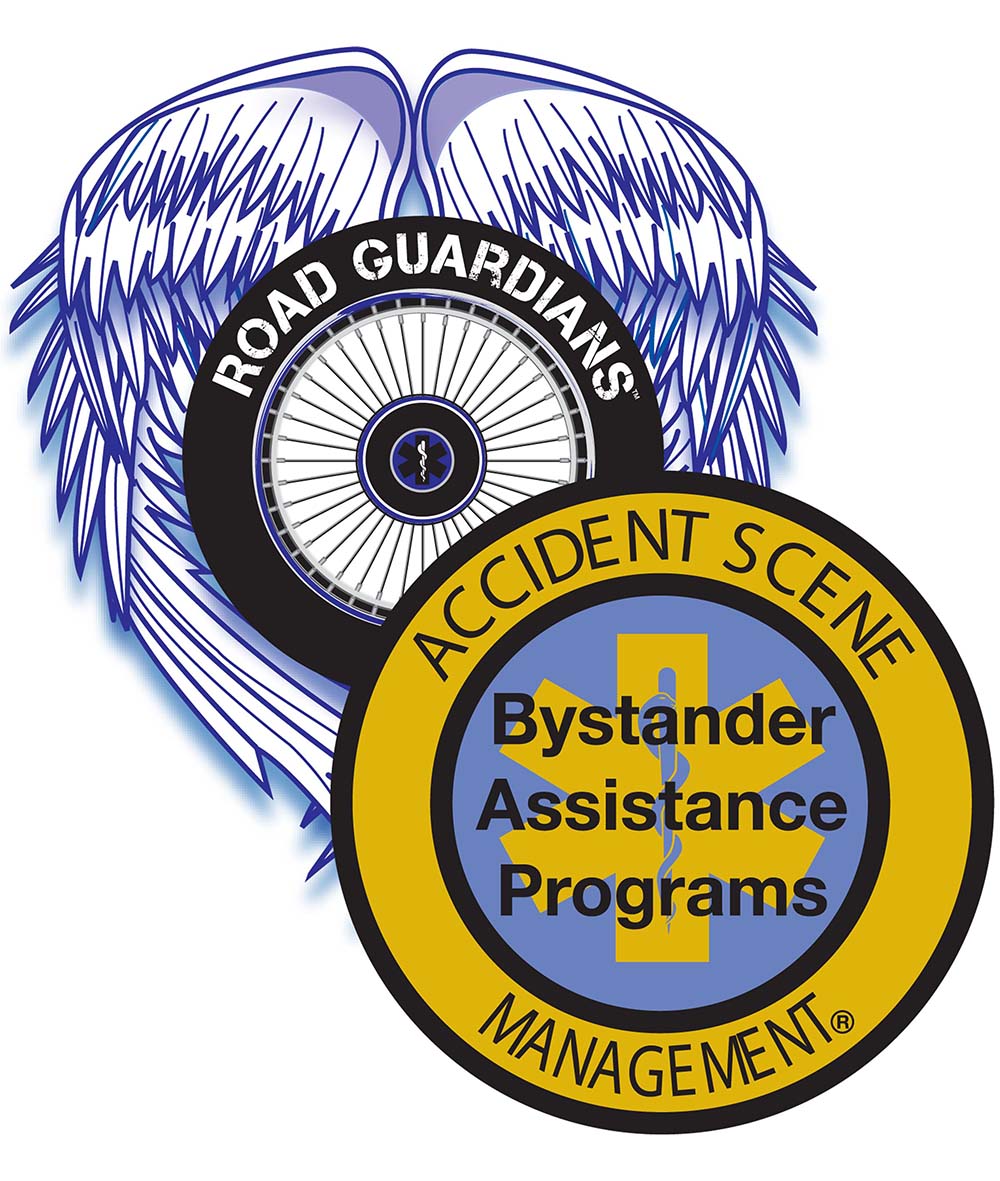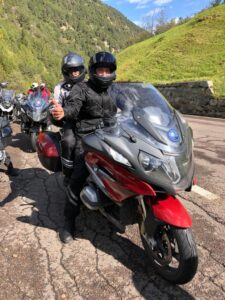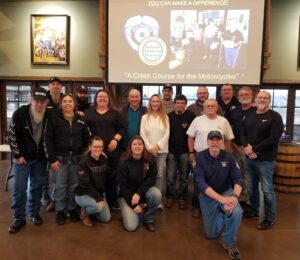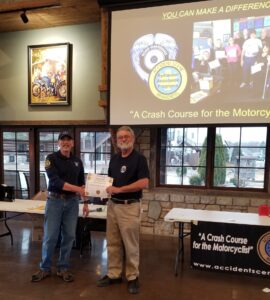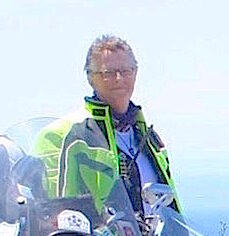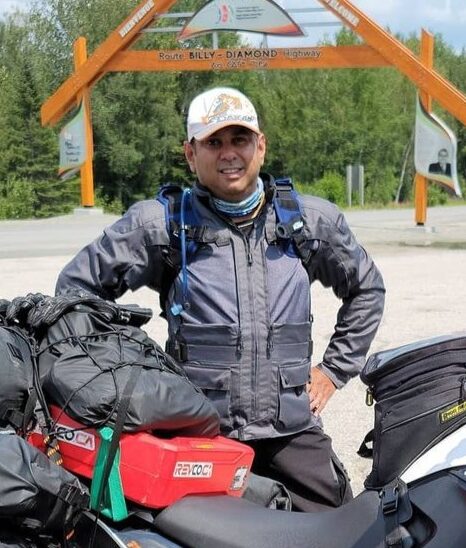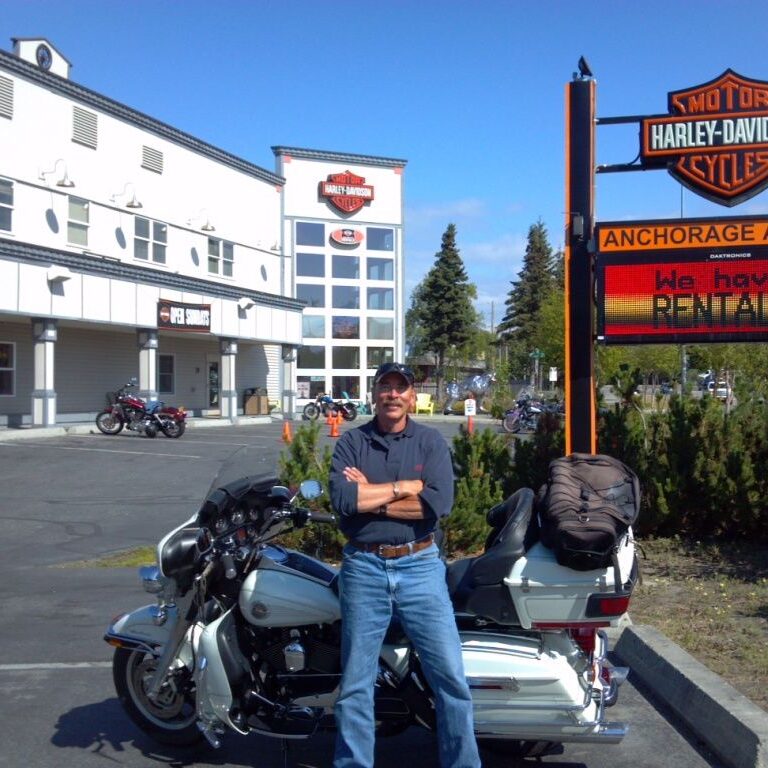
It all started innocently enough in December 2015. A postcard, that I almost tossed without looking at, was from our Village Administrator and the General Manager of County Rescue Services (the private contractor providing ambulance service to our area). The postcard announced an upcoming meeting at the village hall for residents interested in becoming an Emergency Medical Responder (EMR). I didn’t know anything about Emergency Medical Services (EMS) or EMR. My expectation was that they probably just wanted to recruit some people willing to help others when needed, maybe with a small first aid kit.
I was surprised to learn that becoming an EMR required 80 hours of college level classroom training! It required passing course skills and knowledge exams at the college; then passing national certification knowledge and skills exams; and finally, being licensed by the state of Wisconsin. Undaunted, twelve other residents and myself signed on to take the challenge and were issued first response bags and a County Rescue jump suit. Our classes began in March and ended in May 2016 where I went on the complete the requirements for national certification and the Wisconsin EMR license. I became credentialed thru County Rescue Services (CRS) and began responding to 911 calls in our Village. I very much enjoyed learning and applying the EMR skills and giving back to our community. CRS took notice of this and offered to cover the tuition for me to become an Emergency Medical Technician (EMT), which is the next step up in the Wisconsin EMS license tier.
As a new EMT, I volunteered to be part of the ambulance crew in February 2017 at the National Snowmobile Drag Races held in Green Bay. Reflecting on what type of injuries I may need to respond to led me to realize that, at that time, the 80 hours of EMR and 160 hours of EMT course work included Zero hours in helmet removal training (other than a short stint at removing high school type football helmets). Scouring the internet for help I came across a video on single person helmet removal by a biker chick with the handle of “Spitfire”. This 10-minute video taught me exactly what I needed to know, and what 240 hours of EMS training had failed to. As a lifelong motorcycle enthusiast, I was intrigued by what I saw and dug further into Accident Scene Management/Road Guardians, where I came across a section of how to become an Instructor. After contacting and meeting with Vicki, I was hooked and signed on. Come to find out I had met her husband, Tony “Pan”, way back in the late ‘70’s during the formative years of ABATE, and County Rescue Services had helped create one of ASM’s early videos.
As they say, the rest is history. With ASM, I trained to become a Lead Instructor and started conducting regular classes in northeast Wisconsin. Inspired by Vicki I also became certified as an American Heart Association CPR/BLS Instructor. I became an Advanced EMT, and am a part-time EMS Instructor at our local technical college. I also volunteer as an EMS Instructor for Luke’s Brigade, a non-profit where EMS and medical professionals provide and teach EMS, to developing nations around the world and I continue to be a AEMT First Responder for our village.
Teaching ASM classes and receiving the almost universal 100% positive feedback from the attendees has, and continues to be, very rewarding. Every person that attends an ASM class increases the chances of survival for a motorcycle accident victim somewhere. It’s comforting to know there are so many out there and that the numbers keep increasing. It’s a testament to the value of the course that so many participants recommend it to others and come back every two years for a refresher class. ASM and the “Crash Course for the Motorcyclist” has had, and continues to have, a significant positive impact for motorcyclists worldwide. It’s been a pleasure and an honor to be part of it.
To think… I almost tossed that December 2015 post card.
